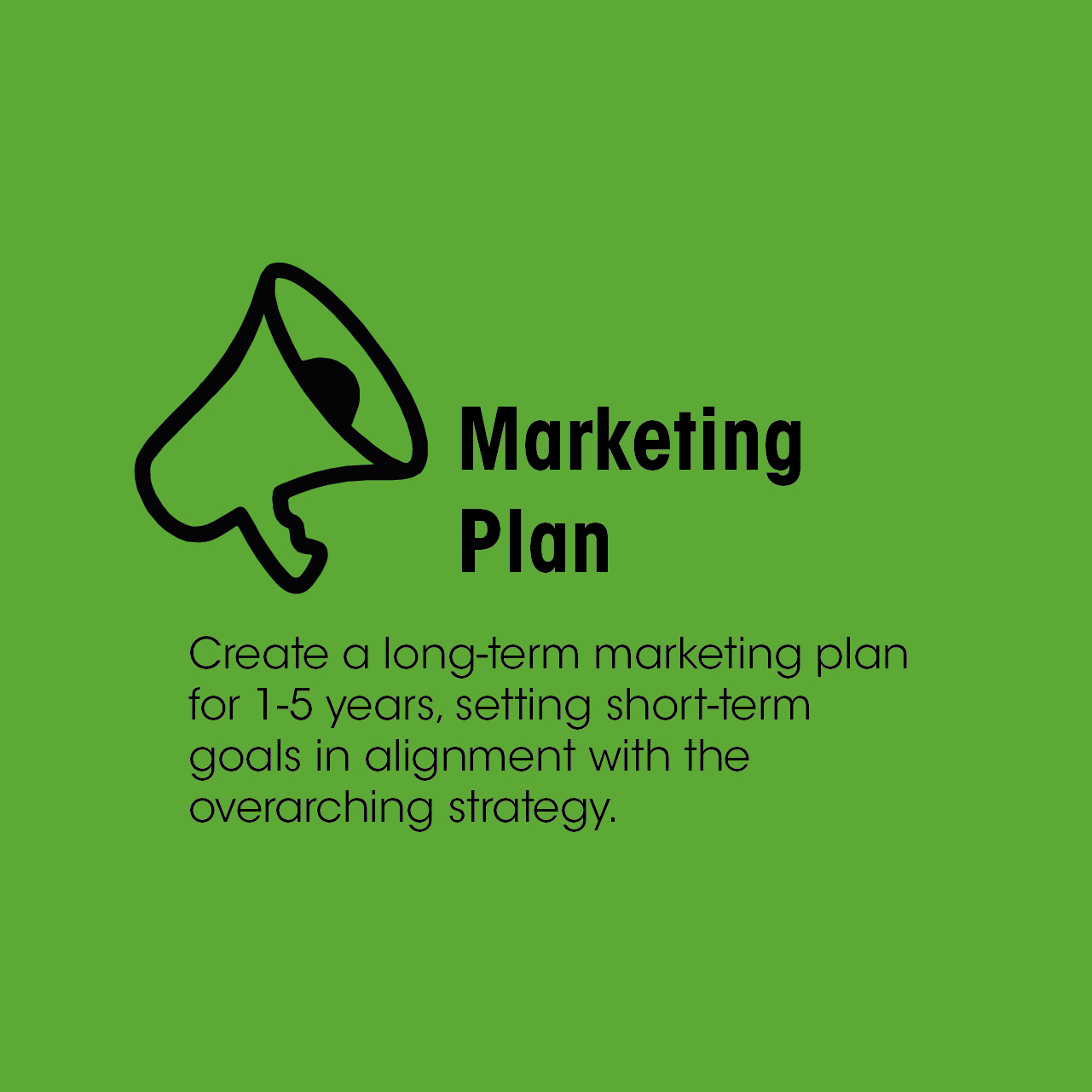The Power of Planning: Creating a Simplified Business Plan for Lifestyle Entrepreneurs
Read Time: 11 Minutes
Introduction
- Are you a lifestyle entrepreneur with a burning passion for turning your dreams into reality?
- Do you envision a business that aligns with your personal interests, values, and desired way of living?
If so, then this blog is for you.
As a lifestyle entrepreneur, you possess a unique drive to create a business that not only generates profits but also enhances your overall quality of life. You want to combine your professional aspirations with personal fulfillment, pursuing a path that allows you to thrive both personally and financially.
But here’s the reality: launching and managing a successful business venture requires more than just passion. It demands careful planning, strategic thinking, and a clear roadmap to guide your journey. And that’s where a simplified business plan comes into play.
A business plan serves as a compass, helping you navigate the complexities of entrepreneurship while staying focused on your goals. It’s a document that outlines your vision, mission, target market, financial projections, and marketing strategies. It forces you to think critically about every aspect of your business, providing a solid foundation for success.
THIS BLOG WILL HELP YOU CREATE A SIMPLIFIED BUSINESS PLAN
![]()

What is a Business Plan?
A business plan is a comprehensive document that outlines the goals, strategies, and operational details of a business. It serves as a roadmap, capturing your vision and guiding you through the various stages of entrepreneurship. By communicating your business concept and assessing its viability, a well-crafted plan helps you stay focused, accountable, and prepared for challenges. It includes elements like mission, target market analysis, financial projections, and marketing strategies. A business plan brings clarity, structure, and purpose to your endeavors, increasing your chances of success and providing a solid foundation for informed decision-making in the ever-changing business landscape.
Why Should Lifestyle Entrepreneurs Create a Business Plan?
For lifestyle entrepreneurs, creating a business plan is essential for several reasons. Firstly, it provides a clear roadmap that aligns your personal goals with your business objectives, ensuring that your venture supports the lifestyle you desire. Secondly, a well-crafted plan helps you identify and mitigate potential risks, giving you a higher chance of success. Additionally, a business plan serves as a communication tool, enabling you to articulate your vision to potential partners, investors, and stakeholders. It also allows you to analyze market trends, develop effective marketing strategies, and make informed financial projections. Ultimately, a business plan empowers lifestyle entrepreneurs to build a solid foundation for their business and navigate their entrepreneurial journey with clarity and purpose.
The Seven Components of a Simplified Business Plan
Discover the seven components of a simplified business plan that guide lifestyle entrepreneurs towards success. From the cover sheet to the action plan, explore how each element contributes to clarity, organization, and effective decision-making in your entrepreneurial journey.

1. Cover Sheet
The cover sheet is an essential component of any business plan as it serves as an introduction and provides basic information about your business. It should clearly identify your business and explain the purpose of the business plan. Include the name of your business, your contact information, and the date of the plan.

2. Executive Summary
The executive summary is a concise overview of your entire business plan. It should capture the key points of each section and highlight the most important aspects of your business. Although it appears at the beginning of your plan, it’s best to write the executive summary last to ensure that it accurately reflects the content of your plan.

3. Description of Business
In this section, you will provide a detailed description of the business you plan to operate. Start by outlining your mission and vision statement, which express the purpose and long-term goals of your business. Next, identify the industry in which your business operates and describe the specific products or services you will offer. Additionally, explain how you plan to monetize your business, whether through sales, subscriptions, advertising, or other revenue streams.

4. Management Plan
The management plan is crucial as it demonstrates that you have a capable team in place to execute your business vision. Start by providing background information about yourself and your experience relevant to the industry. Highlight any unique skills or qualifications that make you well-suited for running this business.
Next, outline the roles and responsibilities of the management team. Include the names, positions, and backgrounds of key team members, emphasizing their expertise and contributions to the business. If you plan to hire employees, briefly describe the general overview of your anticipated workforce and their responsibilities.
In this section, you can also mention any assistance you have received or plan to seek, such as financial help, advice from mentors, or forms of aid like government grants or programs.

5. Financial Plan
The financial plan is arguably the most crucial part of your business plan, as it demonstrates the viability and profitability of your business. It should include two main components: the startup costs and the operating costs.
- Startup costs encompass all the expenses necessary to get your business up and running. This includes items such as equipment, inventory, licensing fees, marketing materials, and any renovations or leasehold improvements. Break down each expense and provide estimates of the associated costs.
- Operating costs refer to the ongoing expenses your business will incur. This includes advertising, utilities, rent, salaries, and any other recurring costs. Create a comprehensive list of these expenses and estimate the monthly or yearly amounts. Be sure to include a projection of your revenue and outline your pricing strategy.

6. Action Plan
An action plan is a crucial component of your business plan that outlines the specific steps and objectives you will take to achieve your business goals. It provides a roadmap for both the short-term (12 months) and long-term (5 years) periods, ensuring that you stay focused and make steady progress toward your vision. Here, you will break down the action plan into short and long-term objectives to help you effectively chart your path to success.

7. Marketing Plan
The marketing plan is a critical step in your business journey, as it holds the key to acquiring customers and driving your success. By identifying your target market, analyzing competition, devising pricing strategies, and outlining your marketing strategy, you pave the way for effective customer engagement. Begin by defining your ideal audience or buyer persona, delving into their demographics, interests, needs, and preferences. With this understanding, you can tailor your marketing efforts to resonate with your target customers and propel your business forward. The marketing plan is your compass for navigating the competitive landscape and forging meaningful connections with those who hold the potential to fuel your entrepreneurial dreams.
Craft your Simplified Business Plan in 7 Easy Steps
Step 1: Craft Your Cover Sheet


Step 2: Create a Executive Summary
Step 3: Describe Your Business


Step 4: Reveal Your Management Plan
Step 5: Lay Out Your Financial Plan


Step 6: Determine Your Action Plan
Step 7: Outline Your Business Marketing Plan


Implementation and Evaluation
After crafting your business plan, it’s crucial to focus on implementing the strategies outlined and regularly evaluating their effectiveness. This step involves putting your plan into action, monitoring progress, and making necessary adjustments along the way. Implement your marketing strategies, execute your action plan, and track key performance indicators to assess the success of your efforts. Continuously evaluate your business’s performance, market trends, and customer feedback to refine your strategies and ensure you’re on track to achieve your business goals.
Remember, the journey doesn’t end with creating a business plan; it’s about effectively executing it and adapting as needed to stay competitive and thrive in your industry.
Key Takeaways
- A well-crafted business plan is essential for lifestyle entrepreneurs to align their personal goals with their business objectives.
- A business plan serves as a roadmap, providing clarity, structure, and purpose to your entrepreneurial journey.
- The components of a simplified business plan include the cover sheet, executive summary, description of business, management plan, financial plan, marketing plan, and action plan.
- The action plan breaks down short-term and long-term objectives to achieve business goals over specific timeframes.
- The marketing plan is crucial for identifying your target market, understanding competition, pricing strategies, and developing effective marketing strategies.
- Regularly review and adjust your business plan to stay responsive to market changes and emerging opportunities.
- A business plan empowers lifestyle entrepreneurs to navigate their journey with focus, accountability, and a solid foundation for success.
Remember, creating a business plan is not just a one-time task but an ongoing process. Continuously assess and refine your plan as your business evolves, ensuring it remains a relevant and effective tool to guide your entrepreneurial endeavors.
Summary
In conclusion, a comprehensive business plan holds immense value for lifestyle entrepreneurs, extending beyond just internal guidance. It serves as a crucial document that can be presented to banks and financial institutions when setting up accounts, seeking loans, or securing funding. By showcasing your well-structured business plan, you demonstrate professionalism, preparedness, and a clear understanding of your venture’s potential.
Remember, while this simplified business plan format provides a solid foundation, you can always tailor it further to meet your specific needs. Regularly reviewing and updating your plan ensures it remains relevant, adaptable, and aligned with the evolving dynamics of your industry, market conditions, and business goals.
By investing the time and effort to create a comprehensive business plan, you set yourself up for success as a lifestyle entrepreneur. It helps you clarify your vision, identify potential challenges, and strategize effectively to achieve your desired outcomes. Armed with a well-crafted plan, you can confidently pursue your dreams, build a thriving business, and lead the fulfilling lifestyle you desire.
So, embrace the power of a simplified business plan and embark on your entrepreneurial journey with clarity, purpose, and the tools to turn your dreams into reality.

